Mangled debris recovered from the small Titan submersible that was destroyed when it imploded during a recent dive to the Titanic wreck was offloaded Wednesday in eastern Canada, bringing to an end a difficult search-and-recovery operation.
Television images showed what appeared to be the Titan sub’s nose cone and a side panel with electronics and wires hanging out being hoisted from a ship onto a flatbed truck at a Canadian Coast Guard terminal in St. John’s.
Pelagic Research, the New York company that owns the Odysseus remote-operated vehicle used in the search for the ill-fated submersible, said its offshore search-and-recovery operation has wrapped up.
“We’ve finished our offshore (actions) and are basically demobilizing now and getting the team back to their loved ones and we’re going to get our assets back to our operations base in New York,” company spokesman Jeff Mahoney told AFP.
He said the search and recovery had been “an extremely risky operation.”
“It was extremely taxing and exhausting for the team who were working around the clock with almost no sleep this whole time, over 10 days of working. It was a very solemn process,” he said.
Canadian officials declined to comment on the recovery of the sub debris.
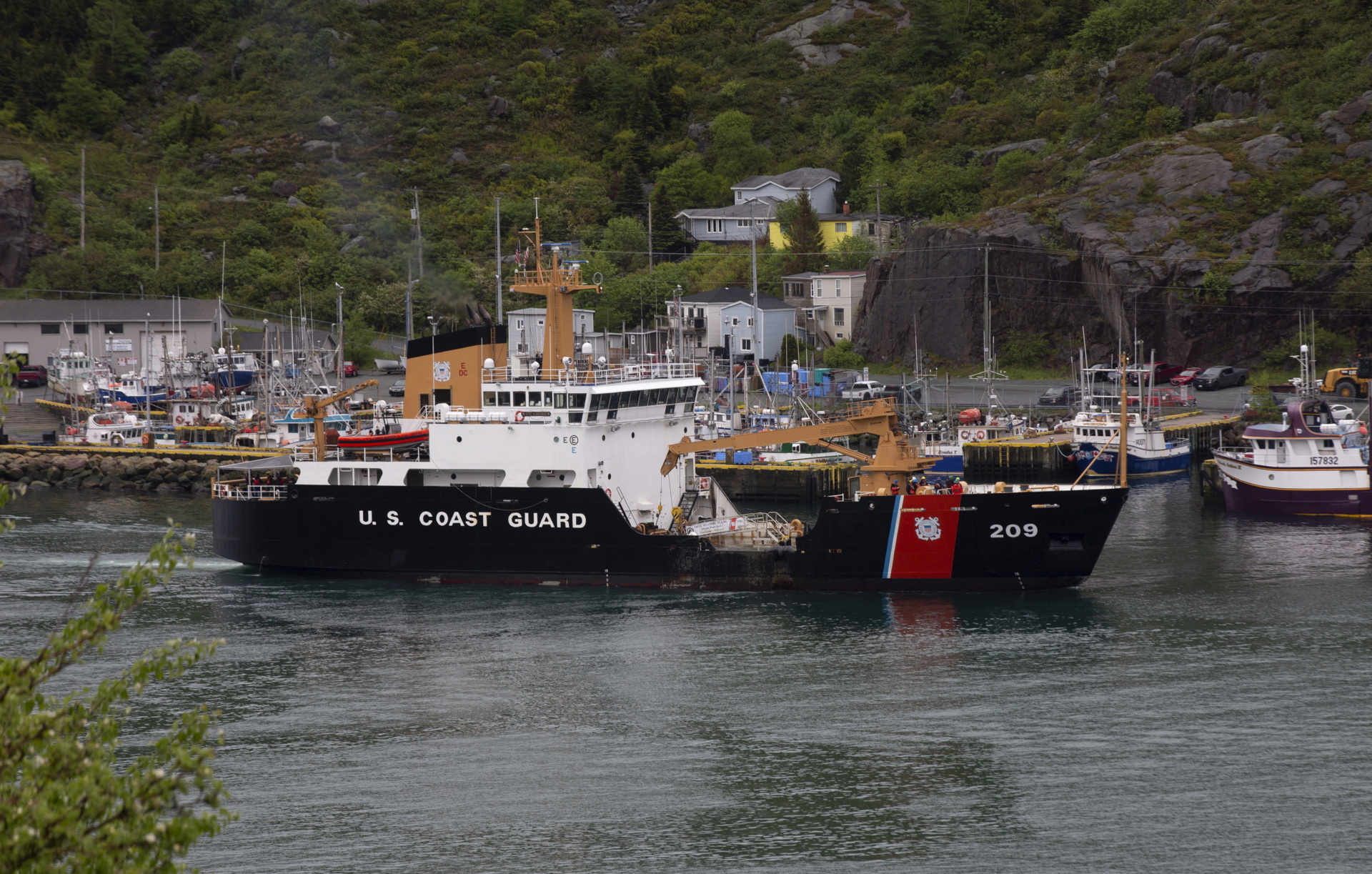
A U.S. Coast Guard ship arrives in the harbor of St. John’s, Newfoundland, on June 28, 2023, following the arrival of the ship Horizon Arctic carrying debris from the Titan submersible. (Paul Daly/The Canadian Press via AP)
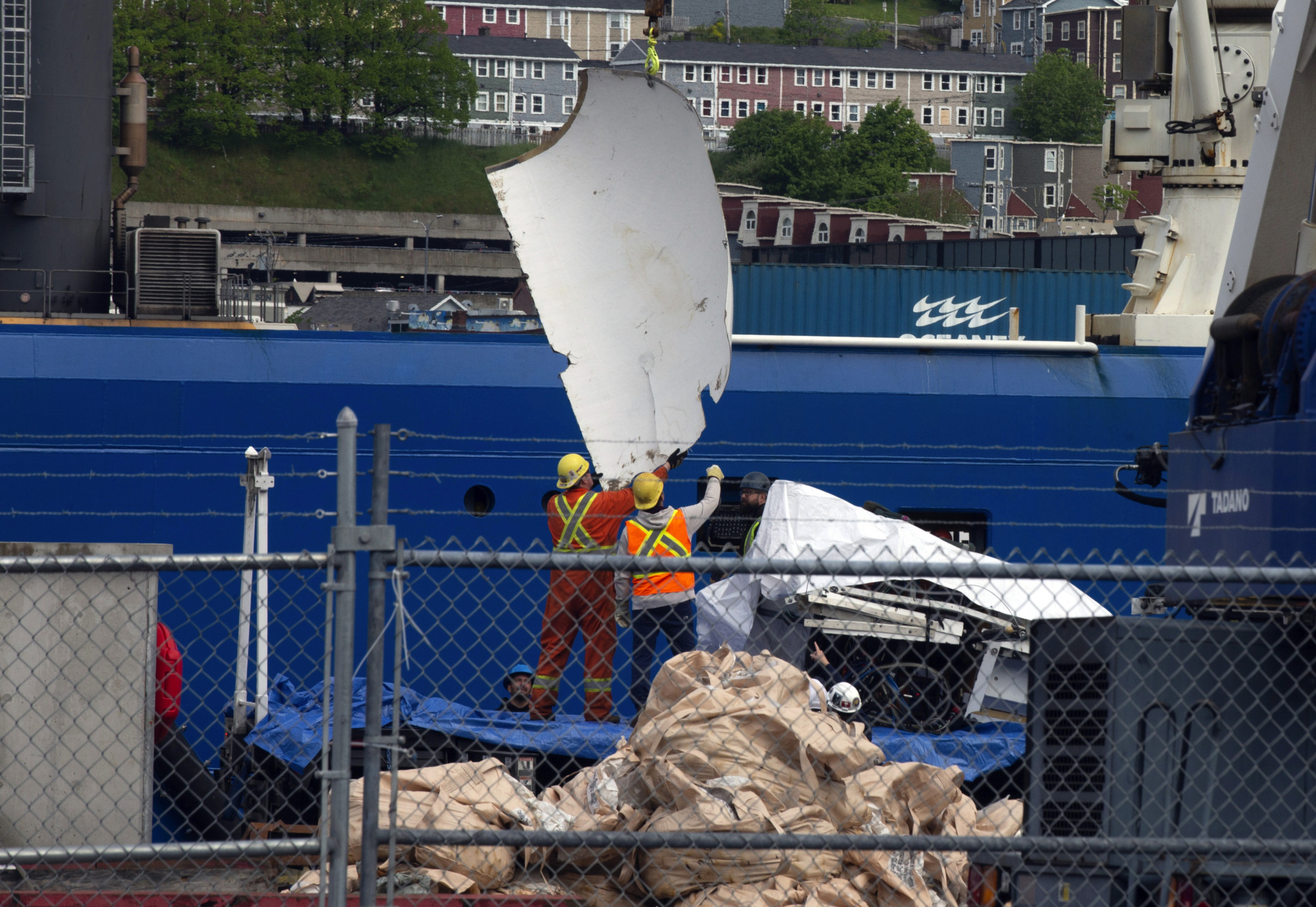
Debris from the Titan submersible, recovered from the ocean floor near the wreck of the Titanic, is unloaded from the ship Horizon Arctic at the Canadian Coast Guard pier in St. John’s, Newfoundland on June 28, 2023. (Paul Daly/The Canadian Press via AP)
Titan was reported missing on June 18 and the U.S. Coast Guard said last Thursday that all five people aboard the submersible had died after the vessel suffered a catastrophic implosion.
A debris field was found on the seafloor, 1,600 feet from the bow of the Titanic, which sits roughly two and a half miles below sea level and 400 miles off the coast of Newfoundland, Canada.
The announcement of the implosion ended a multinational search-and-rescue operation covering an era twice the size of the state of Connecticut as crews raced against time to save the Titan’s five passengers after the tourist sub lost contact with the surface about two hours after it began its descent to visit the Titanic wreckage.
OceanGate Expeditions, which operated the Titan, sold seats on the Titan at $250,000 apiece. The vessel was carrying three fee-paying passengers: British billionaire Hamish Harding, Pakistani tycoon Shahzada Dawood and his son Suleman. The other two on board were Paul-Henri “PH” Nargeolet, a veteran diver and expert on the Titanic wreck, and Stockton Rush, the CEO of OceanGate Expeditions.
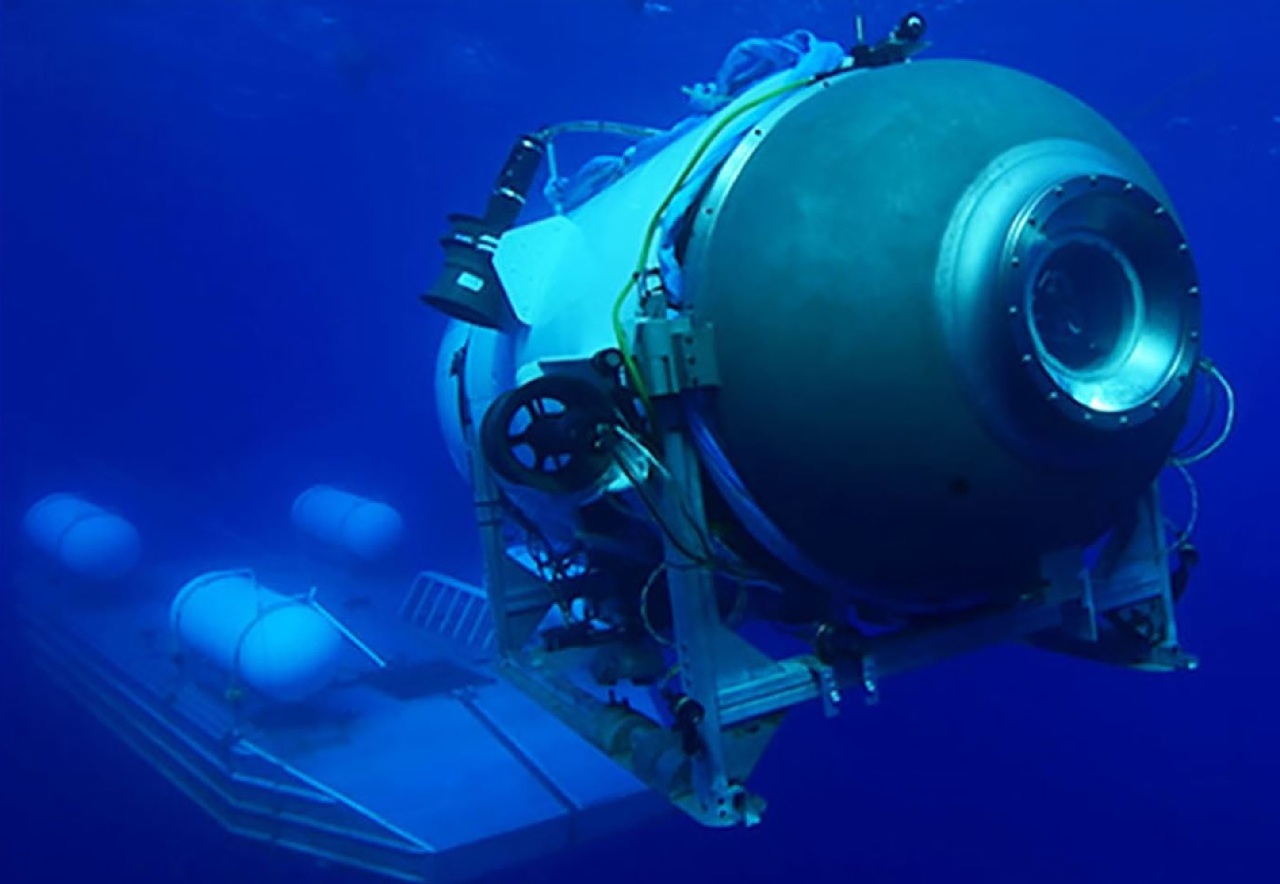
This undated image courtesy of OceanGate Expeditions, shows their Titan submersible launching from a platform.
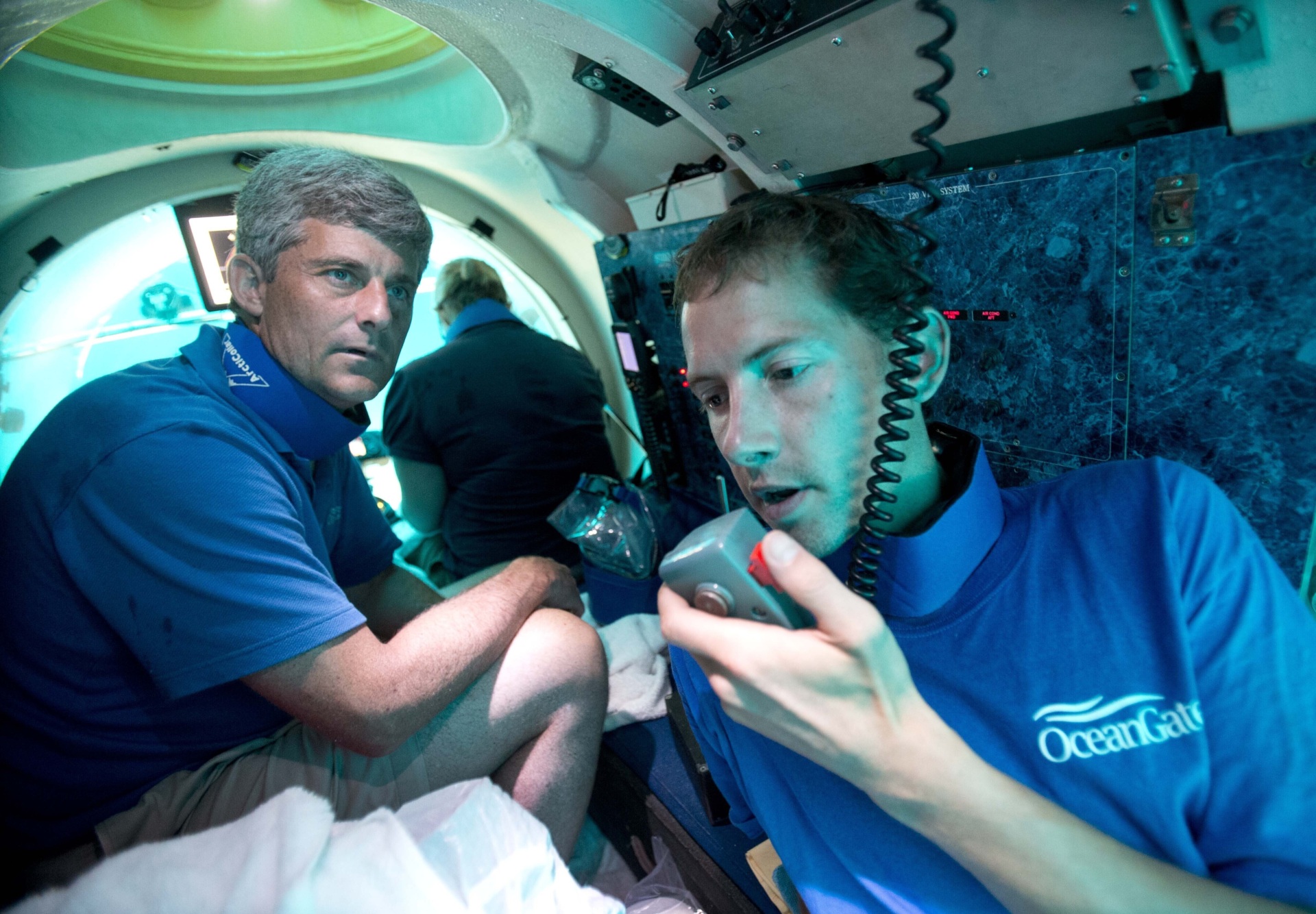
Submersible pilot Randy Holt, right, communicates with the support boat as he and Stockton Rush, left, CEO and Co-Founder of OceanGate, dive in the company’s submersible, “Antipodes,” about three miles off the coast of Fort Lauderdale, Florida, on June 28, 2013. (AP Photo/Wilfredo Lee, File)
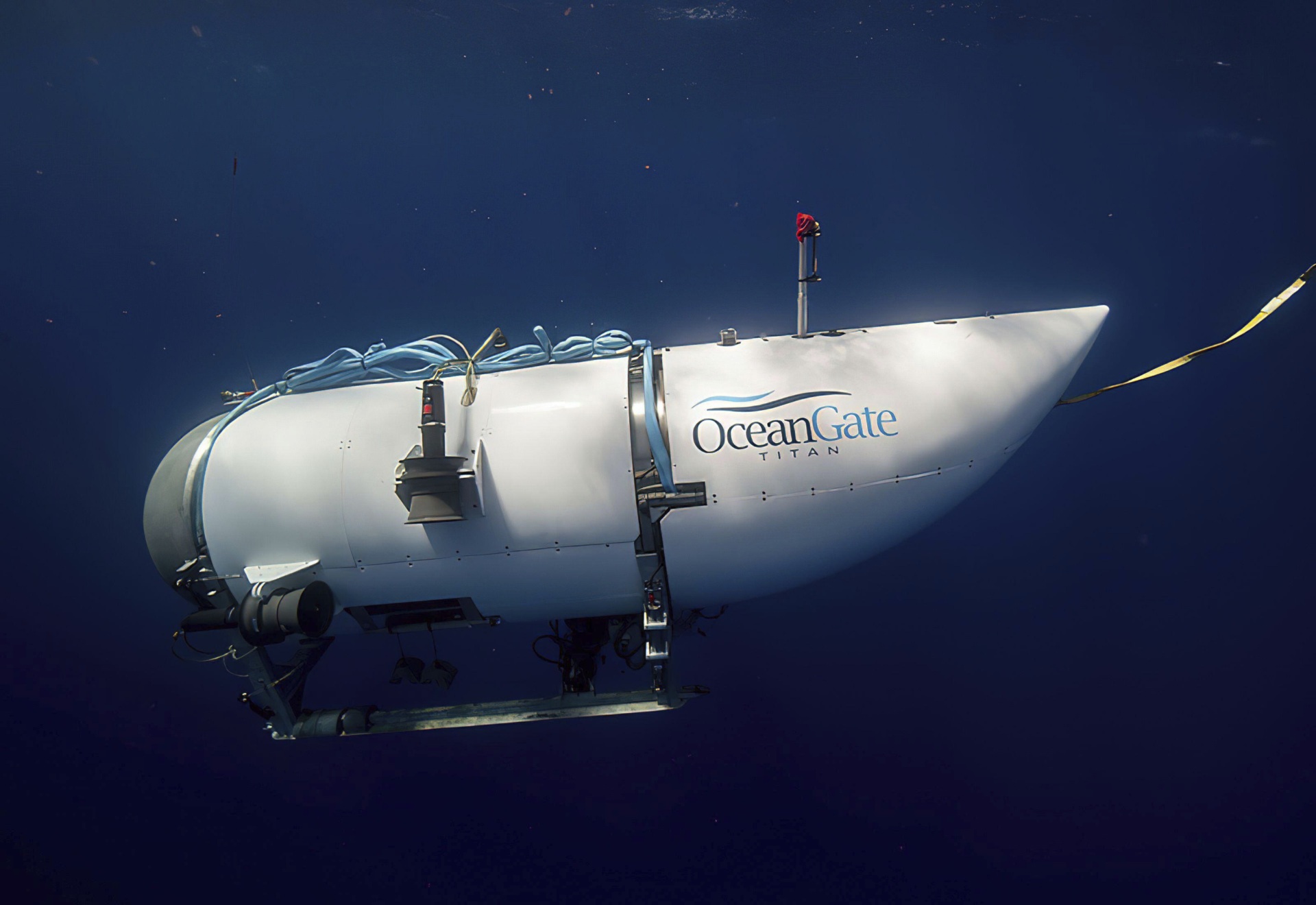
This photo provided by OceanGate Expeditions shows a submersible vessel named Titan used to visit the wreckage site of the Titanic. (OceanGate Expeditions via AP)
The company has come under increased scrutiny as documents show that the company had been warned that there might be catastrophic safety problems with the experimental vessel it developed.
David Lochridge, OceanGate’s director of marine operations, said in a 2018 lawsuit that the company’s testing and certification was insufficient and would “subject passengers to potential extreme danger in an experimental submersible.”
The sub’s debris is now expected to be handed over to investigators as probes into the submersible tragedy begin in both Canada and the United States, where authorities are investigating the cause of the implosion and who, if anyone, should be held responsible.
The AFP contributed to this story.
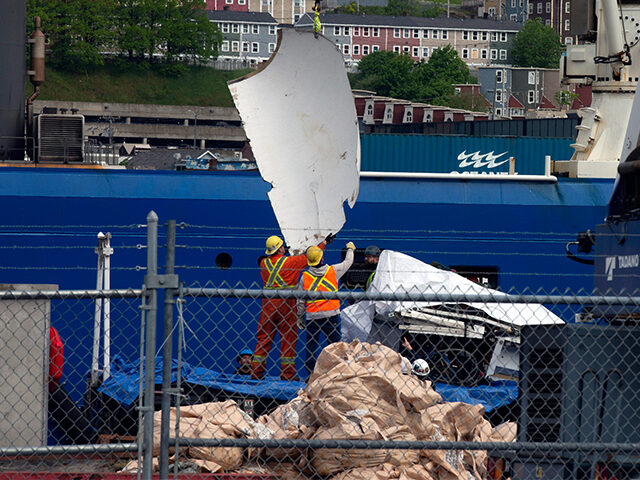
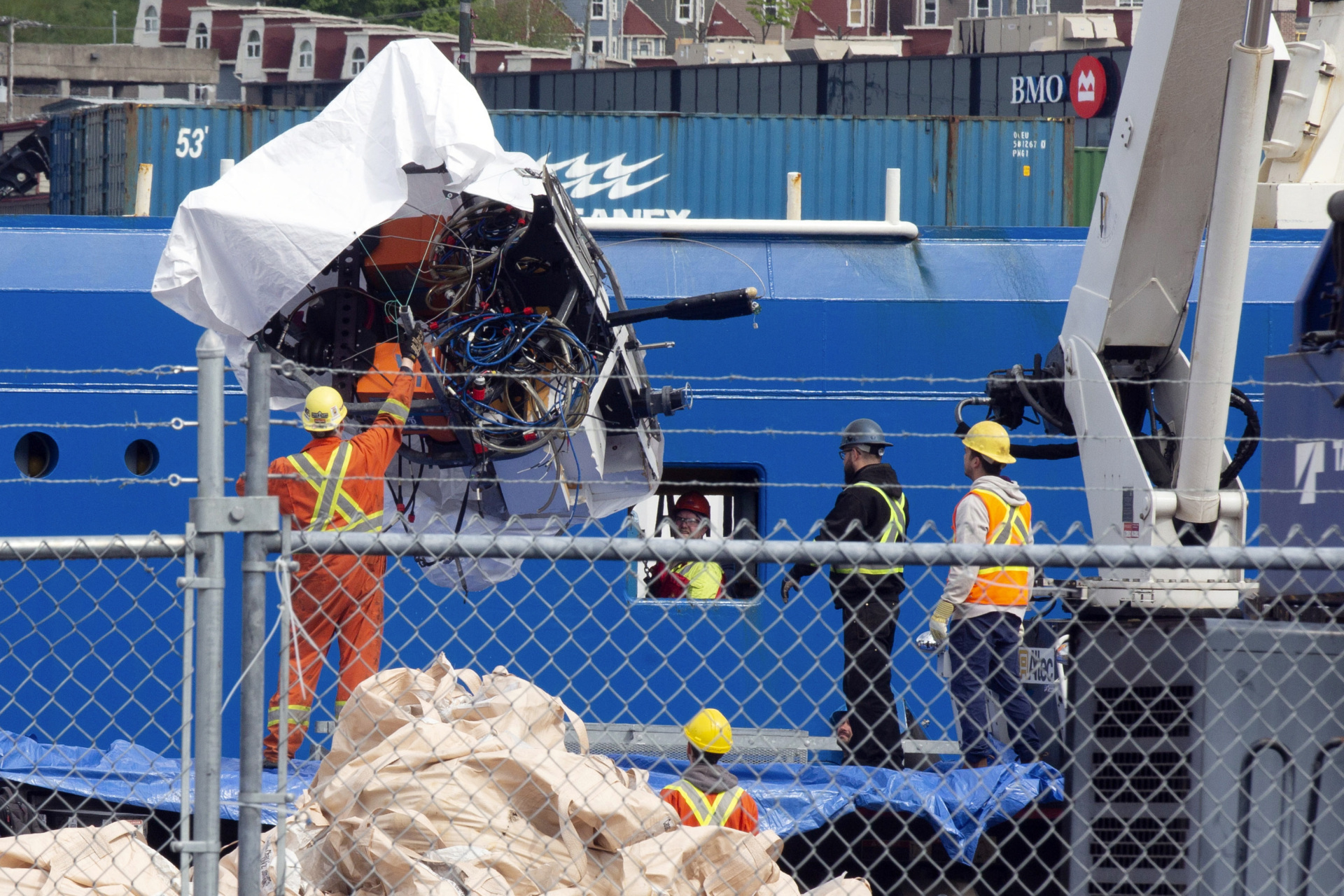
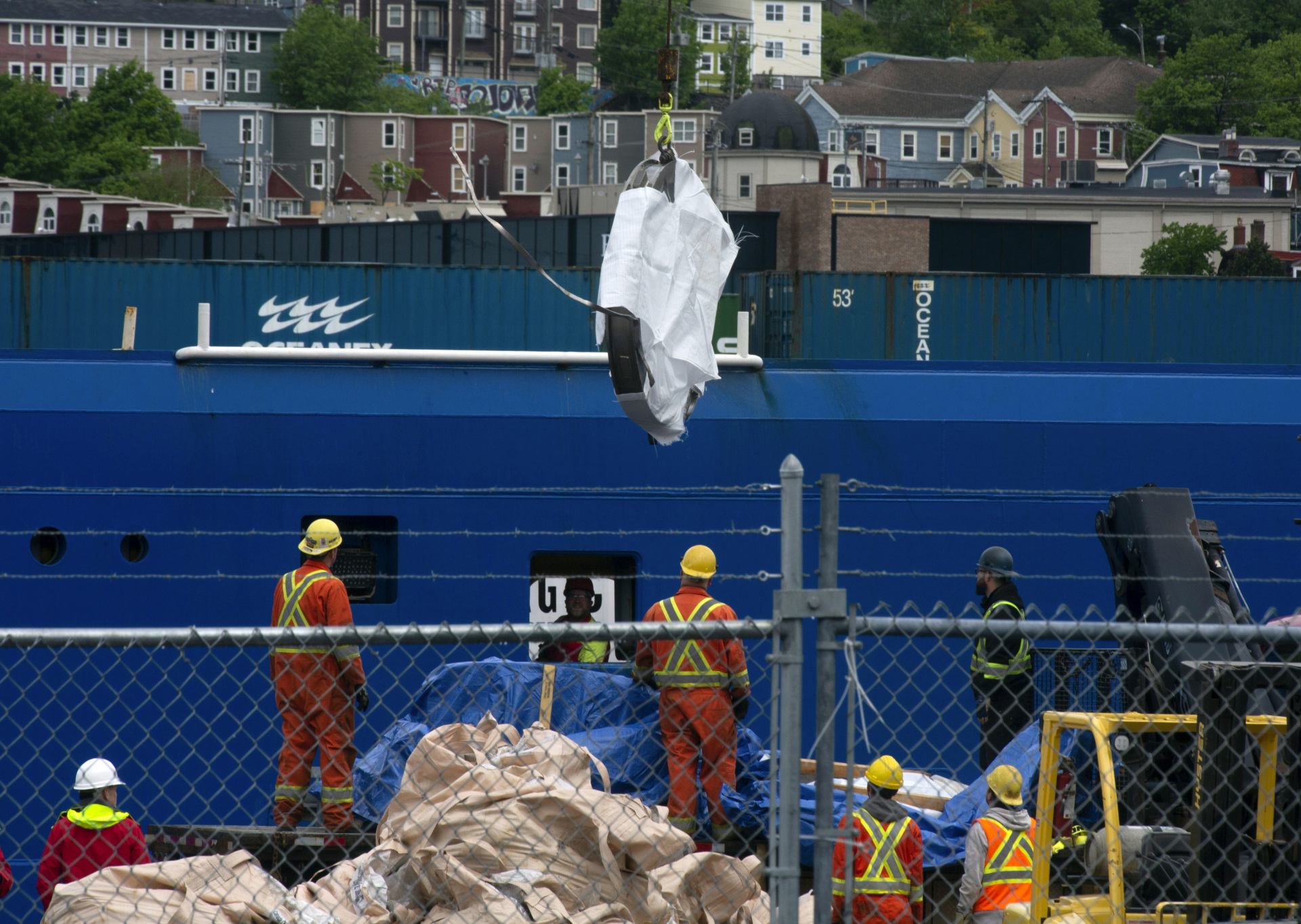

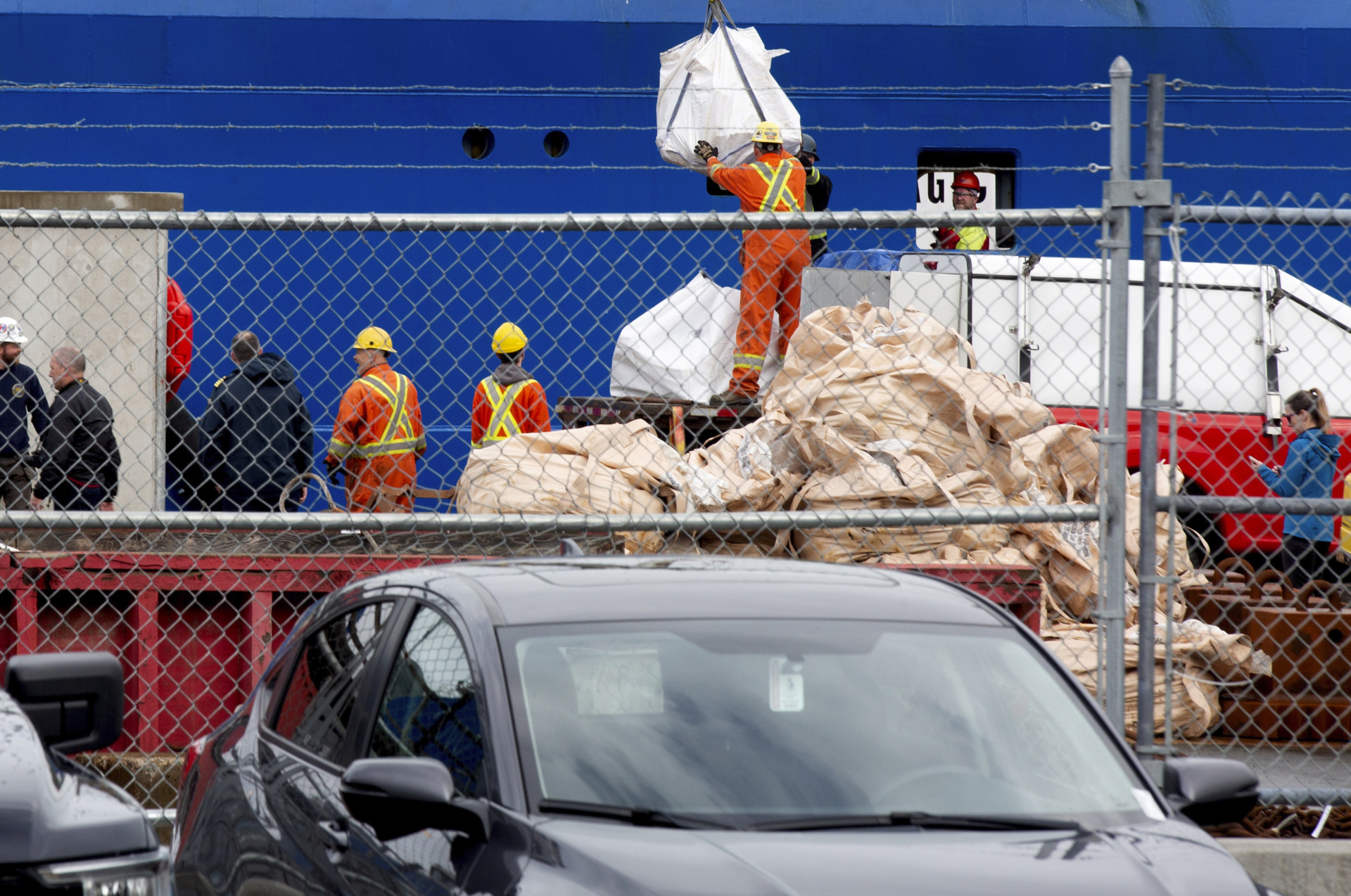
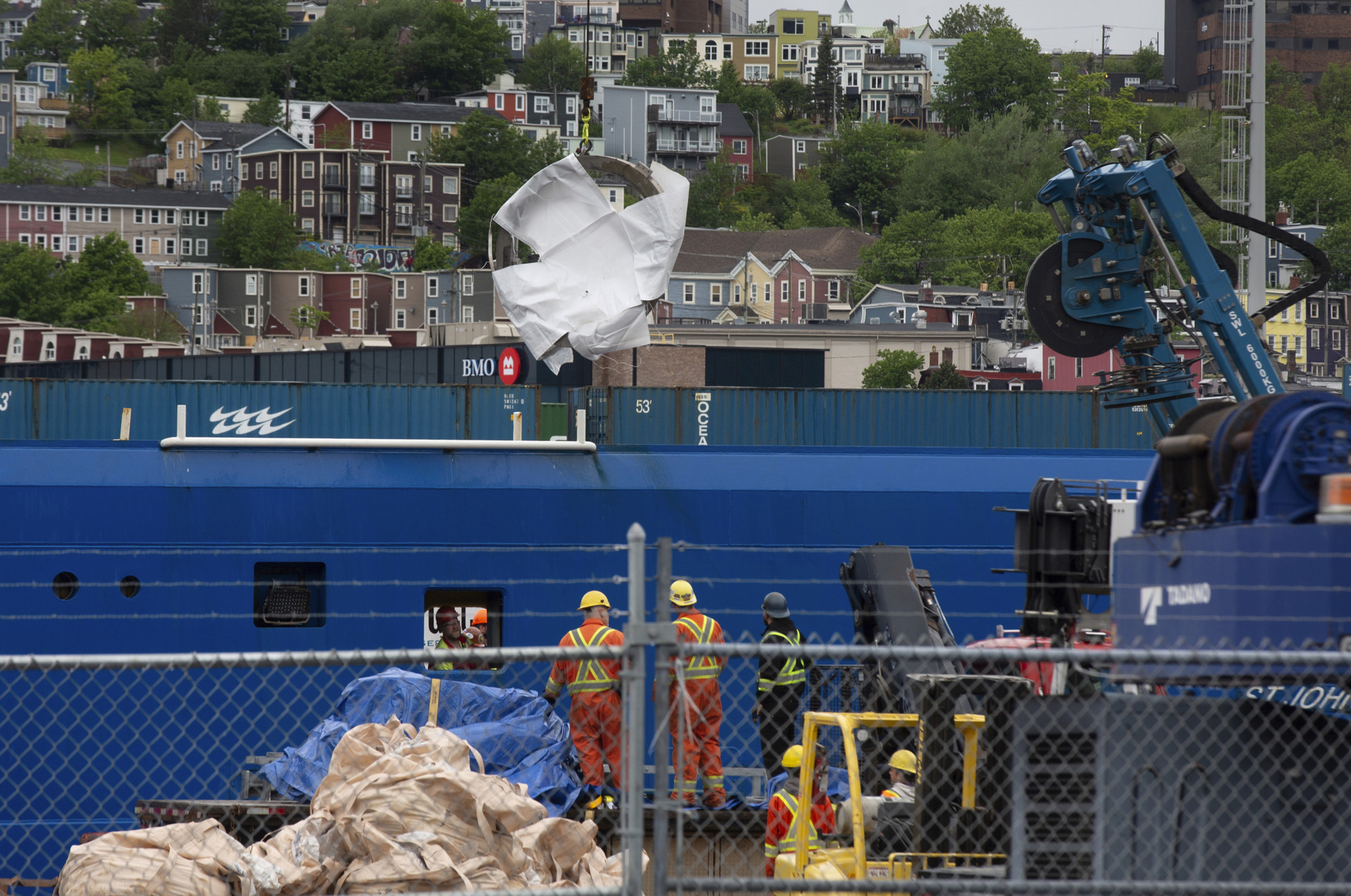
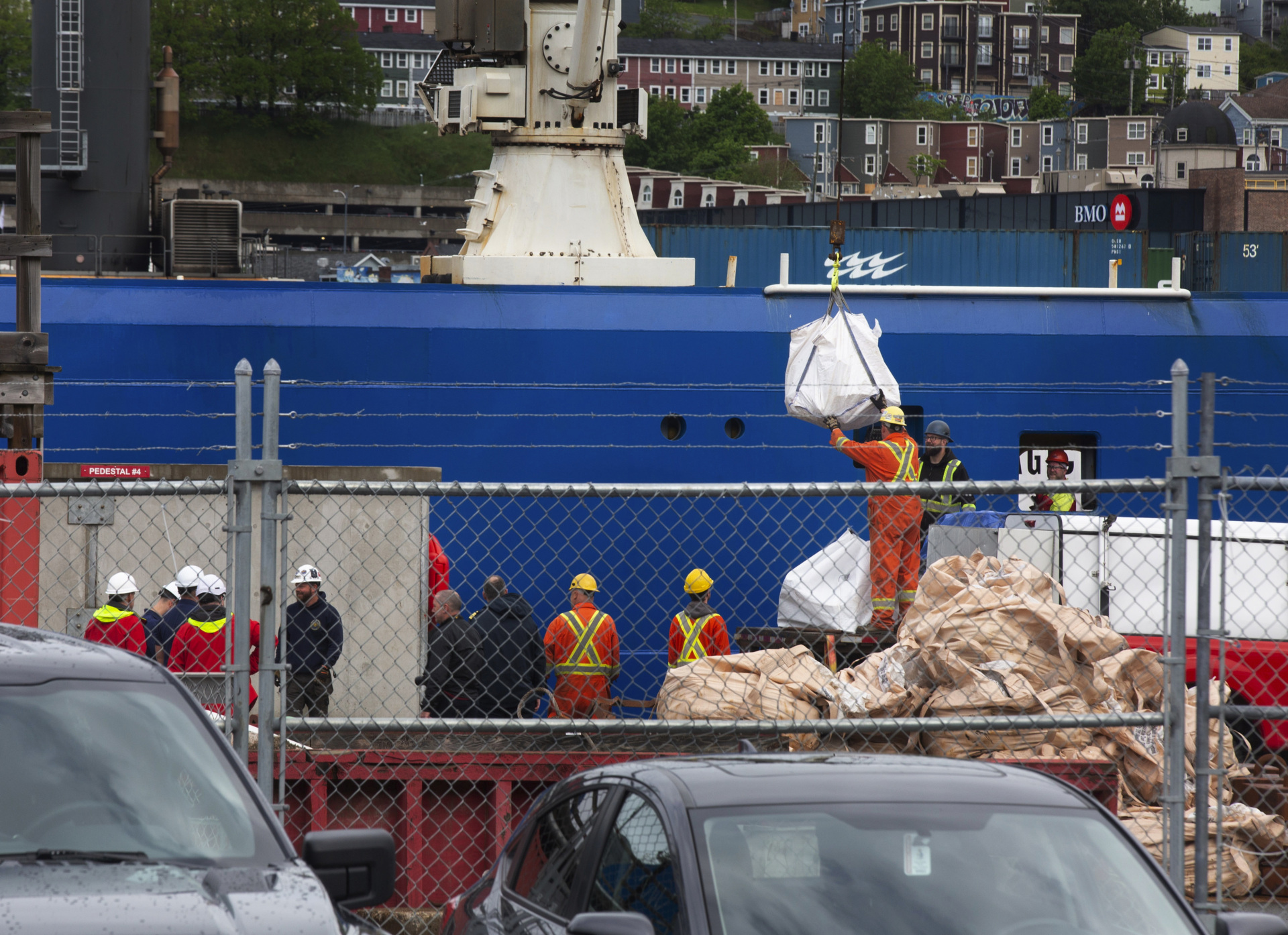
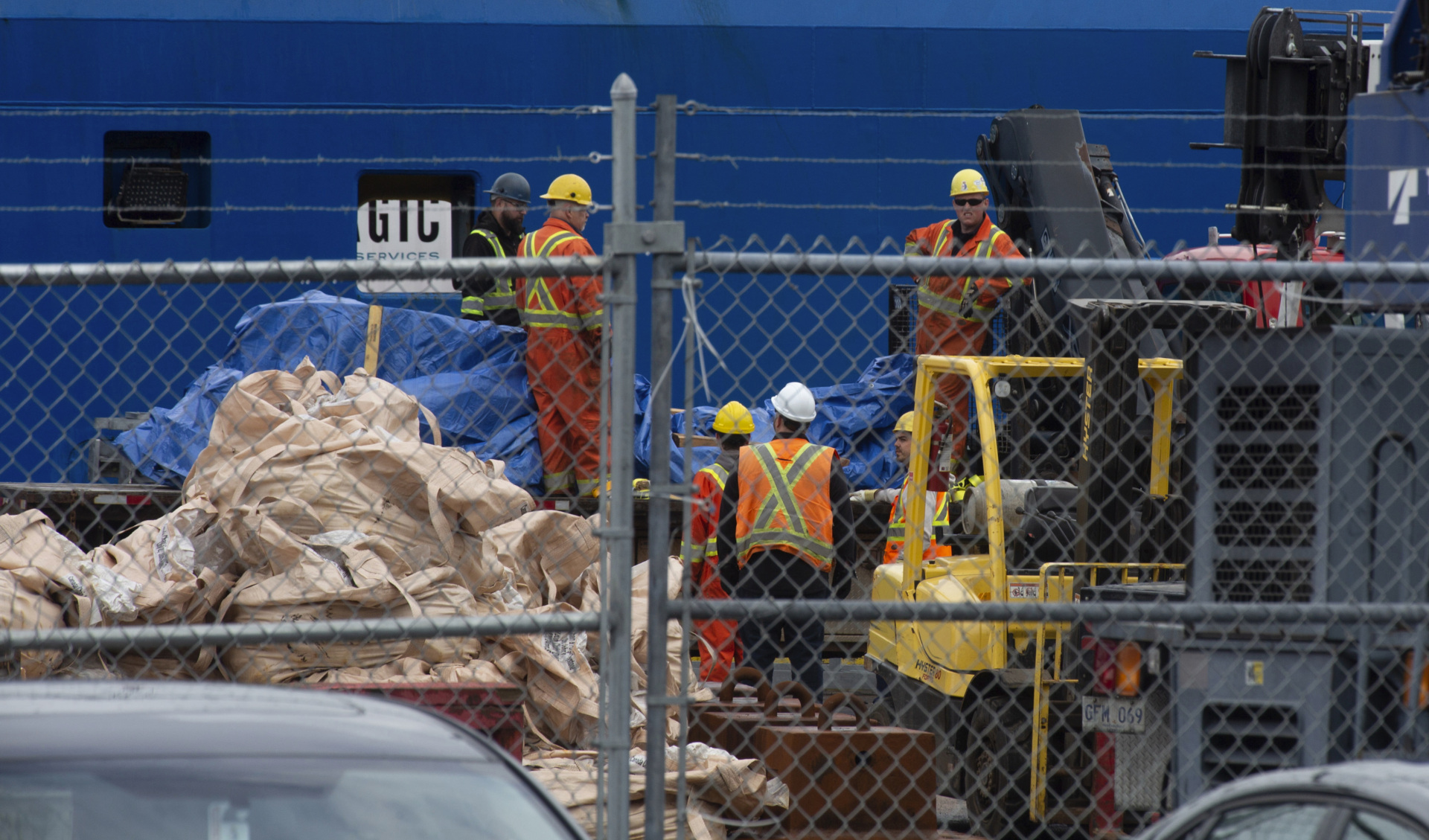
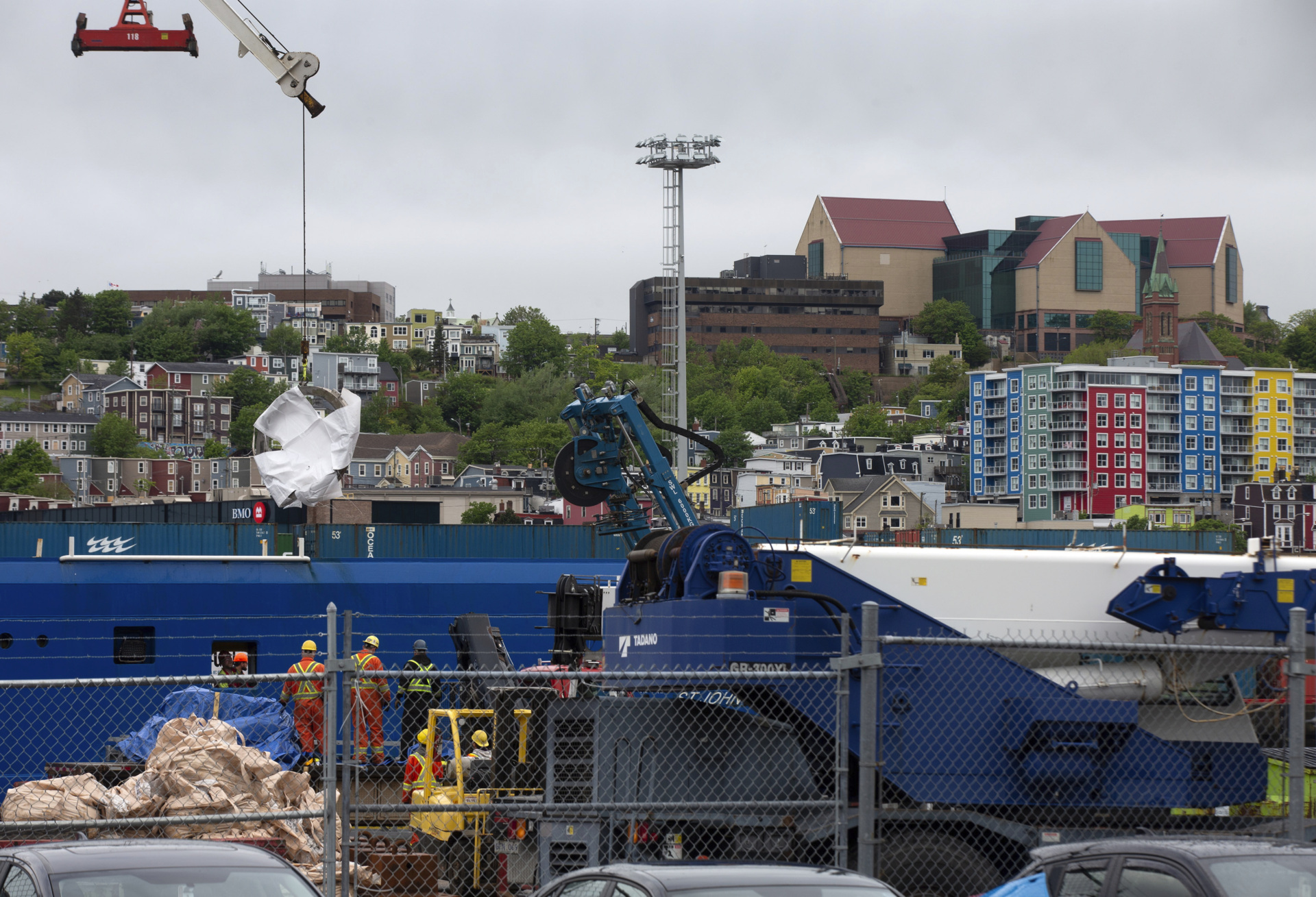
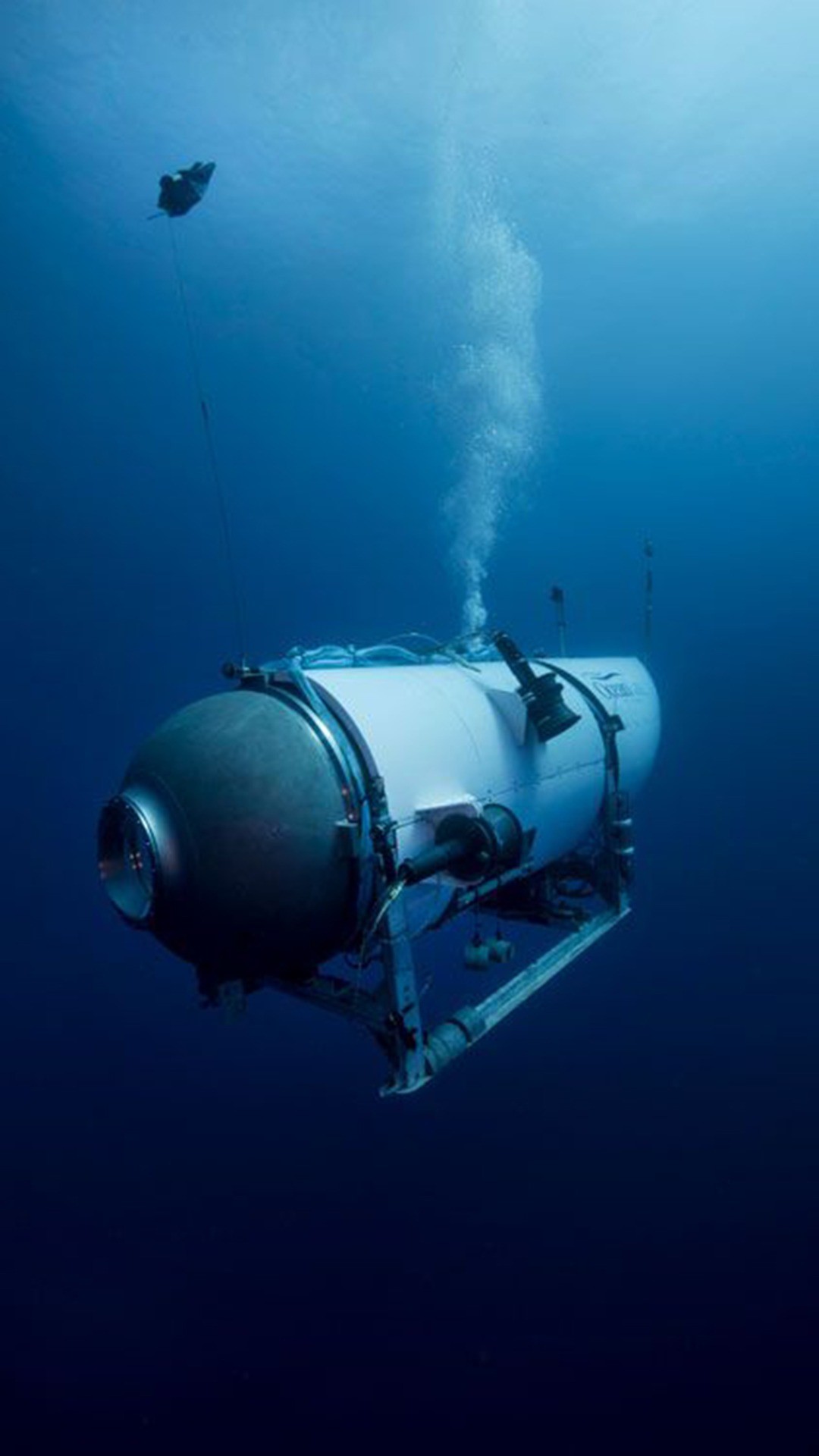
COMMENTS
Please let us know if you're having issues with commenting.